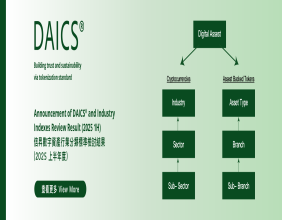Highlights:
Telus operates in the Canadian telecommunications sector, offering a range of wireless and wired services.
Recent earnings revisions have brought attention to shifts in financial outlooks within the telecom space.
Broader market dynamics continue to influence performance evaluations in this sector.
Telus (TSX:T) functions within the telecommunications sector, providing essential connectivity services across Canada. Its operations span mobile networks, internet services, television distribution, and business solutions. This sector plays a crucial role in supporting both consumer and enterprise communication needs.
Within this space, companies often balance infrastructure expansion with service enhancements to meet evolving customer demands. Telecommunications providers like Telus operate in a landscape shaped by regulatory frameworks, innovation in technology, and growing digital reliance across multiple industries.
Earnings Outlook and Financial Focus
Recent market updates have reflected changes in financial expectations regarding Telus. These shifts reflect recalibrations based on updated company guidance, industry conditions, and overall economic factors. Adjustments to earnings outlooks are a common occurrence in publicly traded companies and are frequently reassessed in alignment with operational performance and market developments.
As a provider of recurring subscription-based services, Telus operates with revenue sources tied to customer retention, service bundling, and technology infrastructure. Evaluations of financial expectations often the scale of operations, market competition, and shifts in consumer behavior across different communication platforms.
Operational Landscape and Market Activity
Telecommunication companies face continual investment requirements, particularly in areas such as 5G rollout, fiber-optic expansion, and service integration across multiple devices. Telus is part of this evolving operational landscape, where the need for innovation and high service quality remains central to maintaining competitive standing.
Activity within this sector is shaped by national and regional connectivity goals, partnerships with infrastructure stakeholders, and regulatory compliance. These elements can influence the financial trajectory and strategic positioning of telecom companies as they navigate technological transitions and usage trends.
Sector Influences and Broader Developments
The telecommunications sector continues to experience shifts due to increasing data consumption, digital transformation in public services, and growing reliance on remote connectivity. Companies operating in this environment often respond to these trends through infrastructure upgrades, pricing adjustments, and service diversification.
Within this broader framework, Telus remains active in developing and maintaining network reliability and access. These efforts contribute to the overall perception of service providers within the sector, especially as end users expect seamless connectivity across both urban and rural areas.
Trends in Telecom Services
Consumer behavior and enterprise demand continue to influence offerings across the telecommunications industry. Growth in smart home technology, streaming platforms, and cloud-based business tools has expanded the scope of services provided by telecom firms. These developments add complexity to service management and require consistent technological advancement.
For Telus, aligning with these usage trends includes offering bundled service plans, promoting network quality, and enhancing digital access tools. This ongoing evolution shapes how telecommunications companies are viewed within the marketplace, based on their responsiveness to digital infrastructure needs and customer preferences.





